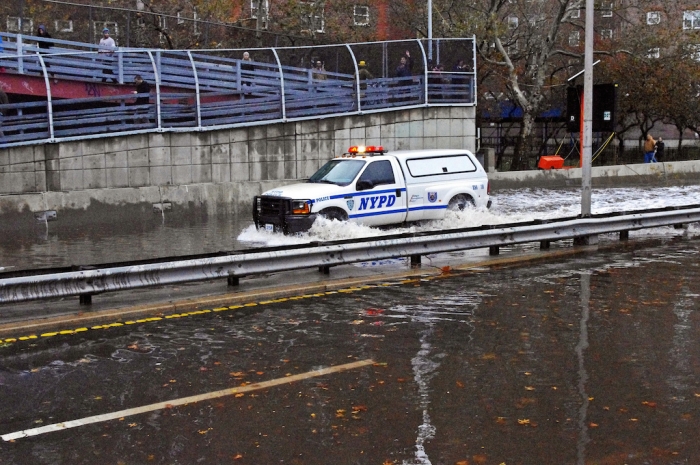-
Tips for becoming a good boxer - November 6, 2020
-
7 expert tips for making your hens night a memorable one - November 6, 2020
-
5 reasons to host your Christmas party on a cruise boat - November 6, 2020
-
What to do when you’re charged with a crime - November 6, 2020
-
Should you get one or multiple dogs? Here’s all you need to know - November 3, 2020
-
A Guide: How to Build Your Very Own Magic Mirror - February 14, 2019
-
Our Top Inspirational Baseball Stars - November 24, 2018
-
Five Tech Tools That Will Help You Turn Your Blog into a Business - November 24, 2018
-
How to Indulge on Vacation without Expanding Your Waist - November 9, 2018
-
5 Strategies for Businesses to Appeal to Today’s Increasingly Mobile-Crazed Customers - November 9, 2018
New York Likely To See Floods Every 25 Years: Research
The average flood height increased by about 4 feet in New York between the two time periods and with continued warming, larger and more extreme storms along with even higher sea level is likely to cause more frequent and intense flooding.
Advertisement
The researchers made use of proxy sea level records of sediments and foraminifera – tiny ocean organisms – developed by Ben Horton, professor, department of marine and coastal sciences, Rutgers University and Andrew Kemp, assistant professor of coastal processes and climate change, Tufts University, to characterize past changes in sea level. While most homeowners listen to hear the category of the hurricane, in the case of Sandy, it was the overall size of the storm that caused the surge.
“Given the significant interest in storm surges impacting New York City in the wake of Sandy, it seemed appropriate to us to focus on this location first”, he said.
“We see more intense storms with a greater ability to produce high storm surges at The Battery in NYC during the anthropogenic era than during the pre-anthropogenic era”, the researchers write.
“We wanted to look at the impact of climate change on sea level and storm characteristics to see how that has affected the storm surge on the Atlantic coast, specifically in New York City“, said Andra Reed, graduate student in meteorology, Penn State. The strong storm surge managed to breach the walls of the southern part of Manhattan, at Battery Park.
The FDR Drive flooded after Hurricane Sandy on October 30, 2012. This is according to a study published Monday in the Proceedings of the National Academy of Sciences.
Prior to 2012, the largest recorded surge in New York City’s Battery Park area was in 1938 when a almost 10 foot surge flooded Long Island, NY, but only a half inch of water breached the seawall at the Battery.
Between 850 CE & 1800, there was a gradual, natural rise of sea levels. It was previously thought to be “once in a generation” witnessed event, but reports have it that it might be more common than that. This has only exacerbated the problem and will lead to harsher storms and more frequent floods.
The figure below shows how sea levels have changed relative to the land surface at New Jersey, just to the south of New York City.
The paper could inform rebuilding of areas devastated by Sandy, says Hawkes.
“We found that the biggest tropical cyclones tend to be larger, with a larger radius and maximum winds of these storms in the later anthropogenic time period”, Reed said. Only a month after the three-year anniversary of Hurricane Sandy, scientists fear that storms like the one that happened in 2012 will occur sooner than expected.
This study showed that New York City was already seeing an increase in flood height & a risk of inundation at the coast because of climate change caused by humans.
Advertisement
Also, the rise on water levels are not the only effect of human-caused climate change. Hurricane Sandy was an example of this type of cyclone, Reed says. “The storm surge heights in the tails of the anthropogenic distributions are significantly greater than the storm surge heights in the tails of the pre-anthropogenic storm surge distributions”, the paper concluded. Climate change, they contend, is not something that we should be waiting for – we should already be dealing with it now.





























